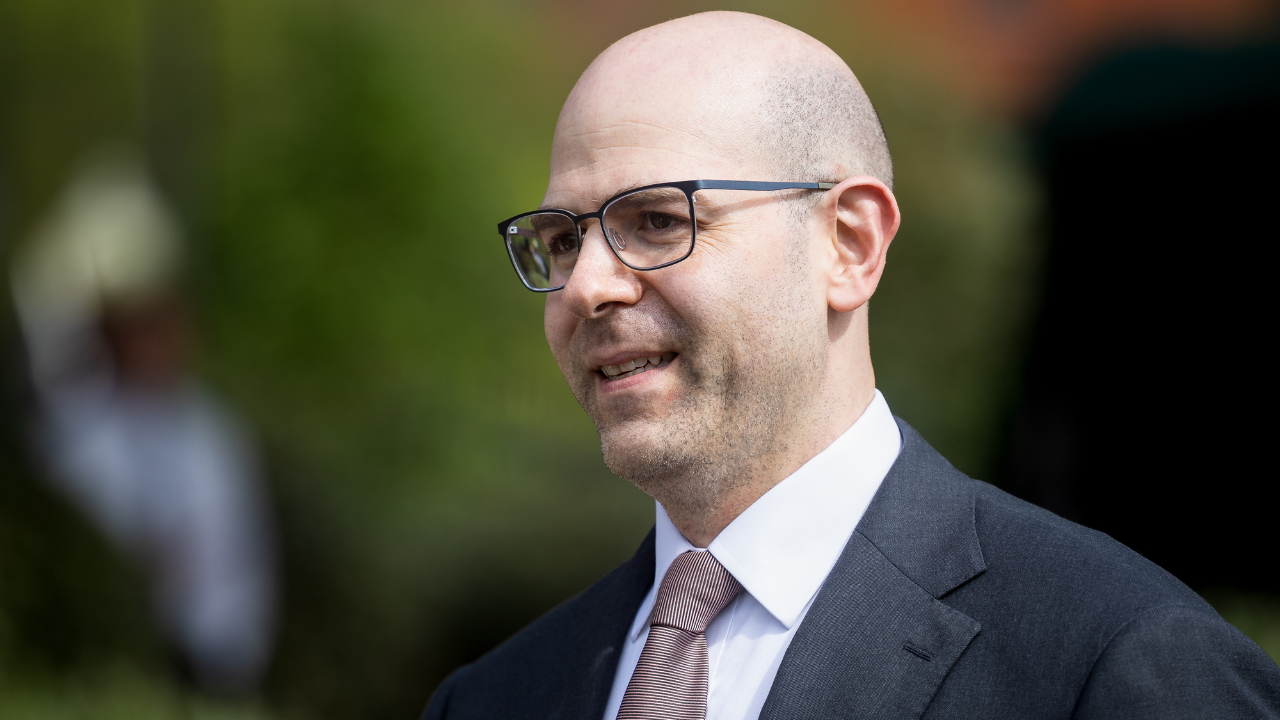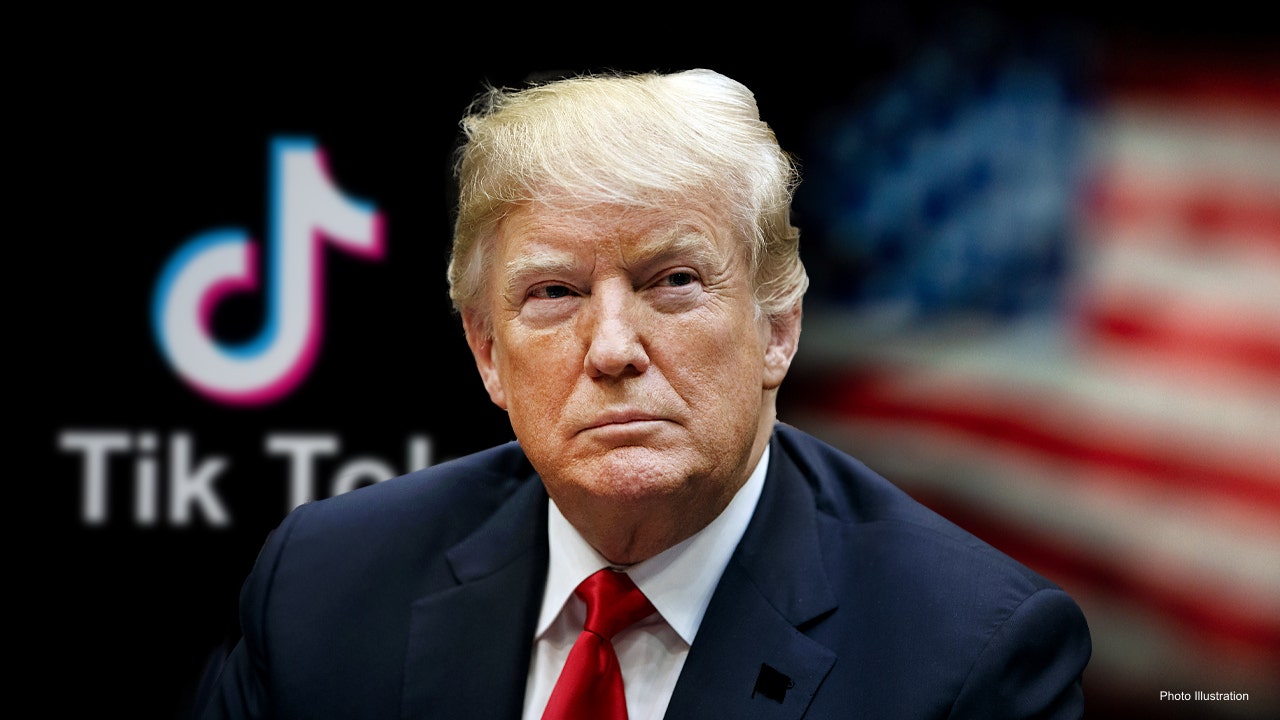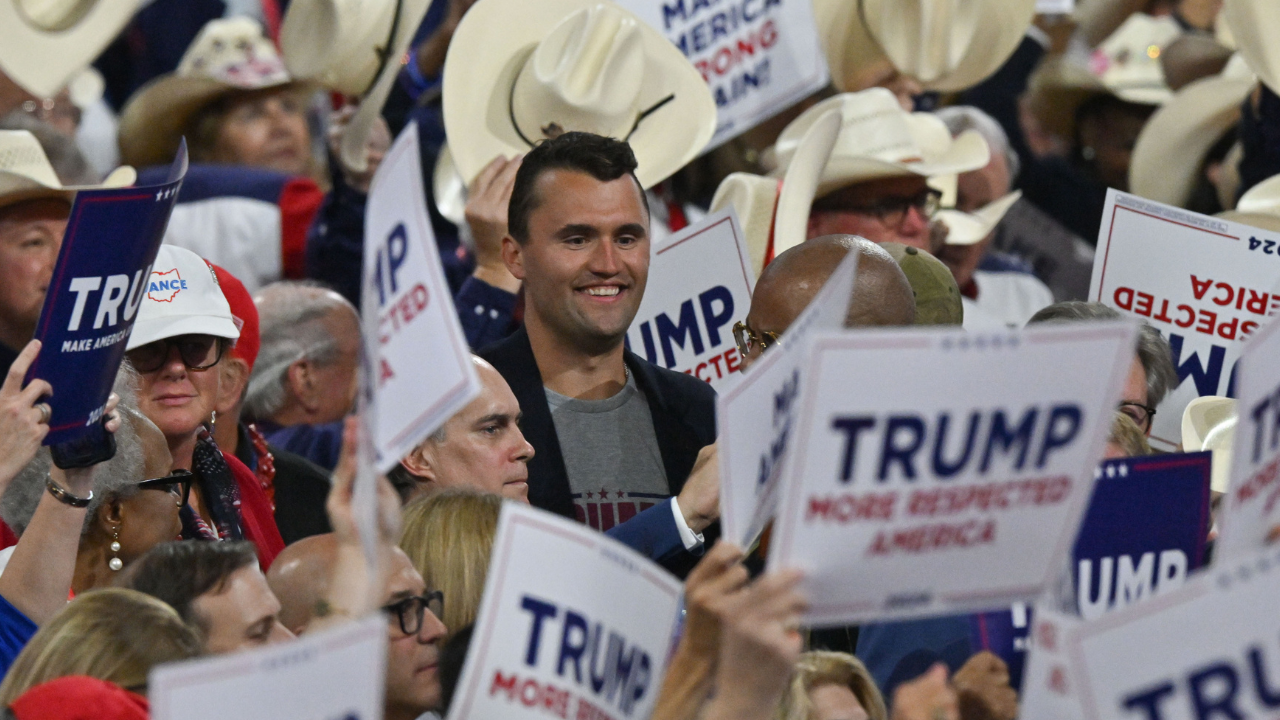While dealers and automakers may offer modest discounts on 2025 models as 2026 inventory arrives, industry experts caution the effect of tariffs could offset much of those savings.
Brian Moody, Autotrader’s executive editor, told FOX Business that consumers will likely see only small discounts or favorable interest rates for those with excellent credit.
Meanwhile, new car prices are expected to keep climbing, according to Moody. He said in August, average transaction prices (ATPs) rose 2.6% from a year earlier, the largest annual increase since April 2023.
MAJOR AUTOMAKER HIT BY CYBERATTACK, SAYS INCIDENT ‘SEVERELY DISRUPTED’ OPERATIONS
“Except on a few models, big discounts will be increasingly hard to find,” Moody said. He did note one possible exception: electric cars. However, buyers have to act fast because a key taxpayer-funded incentive is set to expire at the end of September.
Currently, buyers can get a tax credit to lower the upfront cost of an EV, but once the Sept. 30 deadline passes, new purchases will no longer qualify for that credit.
“Many dealers and automakers will do what they can do to move those cars while consumers are still interested,” Moody said.
In particular, if consumers are looking for a particularly good deal, a qualifying used electric vehicle could be an “amazing deal” thanks to both depreciation and federal incentives.
STEELMAKER NUCOR EXPERIENCES CYBERSECURITY INCIDENT, SHUTS DOWN SOME PRODUCTION
For example: the federal government offers up to a $4,000 tax credit on certain used EVs and plug-in hybrids, as long as they cost $25,000 or less, are at least two model years old, meet weight and battery requirements and are bought from a licensed dealer in the U.S., according to Carfax data.
This means a 2024 Nissan Leaf priced at $17,000 would effectively cost $13,000 after the credit, a huge discount for a nearly new car, according to Moody.
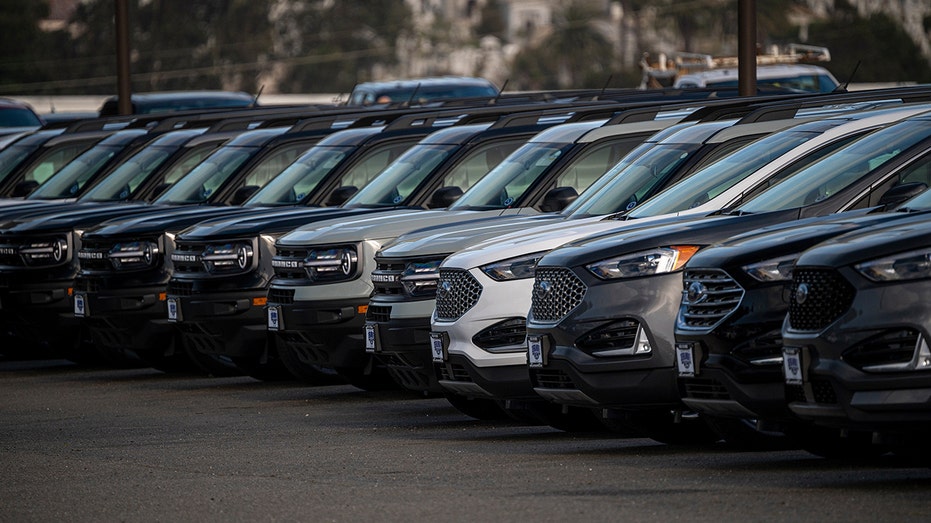
Jessica Caldwell, Edmunds’ head of insights, agreed that consumers shouldn’t expect discounts and that vehicle prices are likely to come under upward pressure from tariffs. The silver lining, though, “is that the increases don’t appear to be as steep as initially feared when tariffs were first announced,” according to Caldwell.
US-BUILT VEHICLES COST $53,000 ON AVERAGE, PRICING OUT BUDGET SHOPPERS
“Automakers seem to be taking a measured approach: they recognize that consumers are already financially stretched and don’t want to risk losing sales or market share,” she continued.
However, she noted that discounting isn’t off the table completely. It can still happen on a model-by-model basis as new vehicles arrive, “but shoppers should expect automakers to be cautious in how they manage pricing and incentives,” she added.
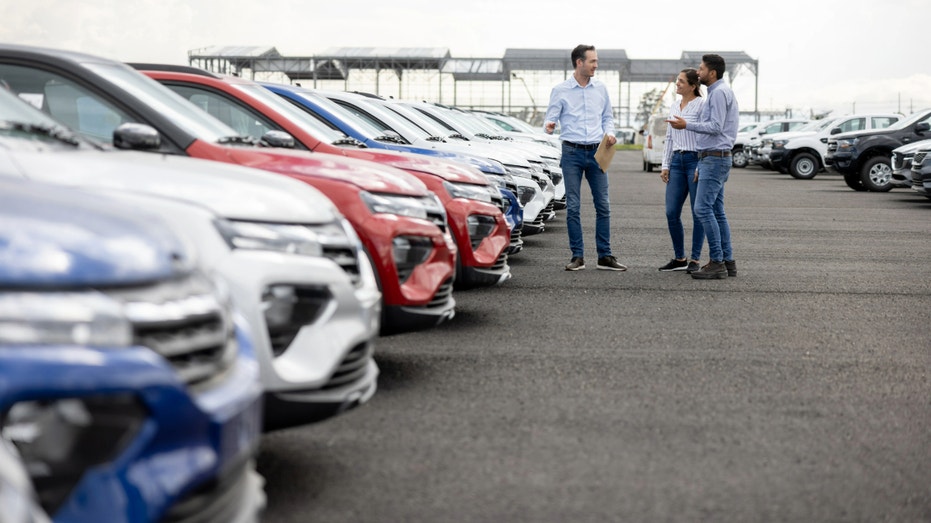
David Greene, Principal Industry Analyst at Cars.com, also warned that inventory is also tightening, down more than 6% from a year ago, and vehicles are moving off lots faster, which reduces the need for deep discounts.
With dealers clearing space for 2026 models, the best deals right now are on outgoing model-year vehicles already in stock, according to Greene.
“Once those are gone, shoppers should expect to pay more as tariffs and limited supply push prices higher,” Greene said. “For anyone in the market, moving sooner rather than later could mean savings.”







